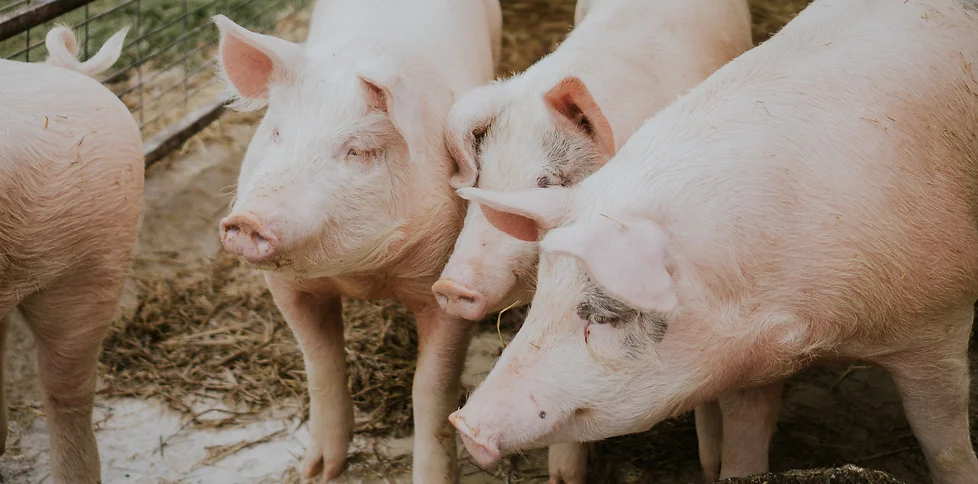There have been a lot of articles written in the last few days regarding Huawei's entry into big data as it relates to pork farming. The reasons for this seem rational, almost inevitable. The entry into Agritech has been adding up over the past few years and include:
- The prior US administration's ban on Huawei's 5G wireless components,
- African Swine Fever (ASF) in 2018 and 2019 (and its resulting skyrocketing pork prices),
- Emphasis from the Chinese government to shift from backyard pig farming to large scale, industrial operations.

With a 42% reduction in its core wireless business in the last quarter of 2020, Huawei needed to find new sources of revenue. Pig farming analytics (among other sectors) seems to be an excellent area given the numbers of sheer number of pigs and the amount of data it could generate. The venture into agricultural big data analytics serves as a seemingly attractive marriage between the Chinese government and a “private” entity to achieve a national goal. It's a scary proposition for the rest of the world but one that needs to be examined further.
Why China's Pork Industry?
China's pork industry is massive. They are the world's number one importer and exporter of pork with a pre-ASF herd of over 700M. When ASF hit a couple of years ago, it sent shock waves across the Chinese government who, i n turn, realized that pork production was a matter of national security. China saw itself incredibly vulnerable on the world stage and had to pay exorbitant sums to import pork products from global producers to keep its people fed. Efforts were already underway before ASF to shift from backyard pig farming to industrial operations and ASF consequently, accelerated this effort. Before ASF there were estimates that by 2022, 42 percent of China's pork production would be raised on operations containing 10,000 head or more. Compared to 2003, only 3% of the total of hogs were raised on farms this large. A key component for China to maintain these levels of production is through a fundamental shift in the process of raising pigs that include vastly improved biosecurity and the use of big data analytics to improve production. Enter Huawei.

Huawei's entry into big data to assist in pork production is a strategic commitment in making up lost ground during the past few years. Huawei is positioned well to provide those connectivity, hardware, firmware, and big data resources that the Chinese pork industry needs in order to rapidly recover and improve. But what will Huawei's focus in the area of pork farming be?
Huawei, among some already big Chinese multinational companies, have already been exploring facial recognition. Their push will almost certainly be in this realm that needs to utilize a 5G platform to carry huge amounts of data to the cloud where algorithms make sense of the images and data. However, like the US, many of their pork operations are located in parts of China that are considered rural, and similarly connectivity issues are a primary concern. However, given China's penchant for quickly developing infrastructure over the next decade, you can bet China will have a robust 5G backbone to cover the needs of their pork industry. This is a strategic push to shore up this part of their agricultural sector so that viruses such as ASF don't cripple key food supplies in the future.
Currently, the US has a push for 5G service by all the major carriers, however, the US carrier 5G rollout has been primarily focused on high density, urban centers. This trend will likely continue as rural areas in the US are far behind in most types of wireless service. Currently, there's simply not enough financial incentive for major wireless companies to dramatically improve parts of the corn belt. If the US is to improve its pork production, it will have to quickly improve rural connectivity and embrace the Internet of Things (IoT) and big data into its operations. The US has to learn from China's experience and understand what Huawei's entry into pork operations represents, and what its involvement will mean for years to come. They have served notice to the rest of the world by developing a strategy and commitment to emphasize modernization. The US and the rest of the world should take note.